Gulf Stream Shutdown May Lead to Ice Age Onset
Is the Gulf Stream losing stability? If so, does it mean an ice age is coming?
In a recent issue of Nature Climate Change, mathematician and climatologist, Niklas Boers, used measurements of sea surface temperatures and salinity data across the Atlantic Ocean basin to produce a model that indicates that the Atlantic Meridional Overturning Circulation (AMOC) may soon suffer a major weakening. I’ll explain what such a weakening means for Earth’s global climate after we review several studies.
Atlantic Meridional Overturning Circulation
Most laypeople have never heard of the AMOC. However, most have heard of the Gulf Stream. The Gulf Stream refers to the flow of warm tropical water from the Gulf of Mexico and the Caribbean along the surface of the Atlantic Ocean toward western and northern Europe and Iceland; and the flow of cold Arctic Ocean water along the deep part of the Atlantic Ocean from the far northern Atlantic to the equatorial Atlantic. Without the Gulf Stream (see figure 1), western and northern Europe and Iceland would be much colder than they are. Those regions would be unable to sustain the large human populations that they presently do.
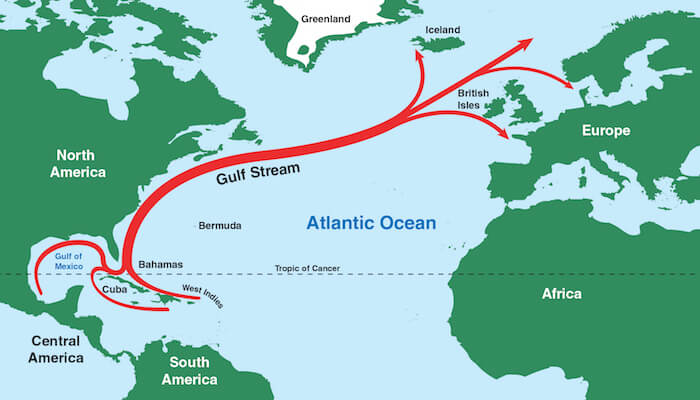
Figure 1: The Surface Part of the Gulf Stream
Credit: NOAA
The Gulf Stream is part of the AMOC, which is the system of surface and deep currents throughout the Atlantic Ocean. It is mainly characterized by a northward flow of warm, salty water from the tropics along the upper layers of the Atlantic and the southward flow of cold, low-salinity water from the Arctic along the Atlantic’s deep layers (see figure 2).
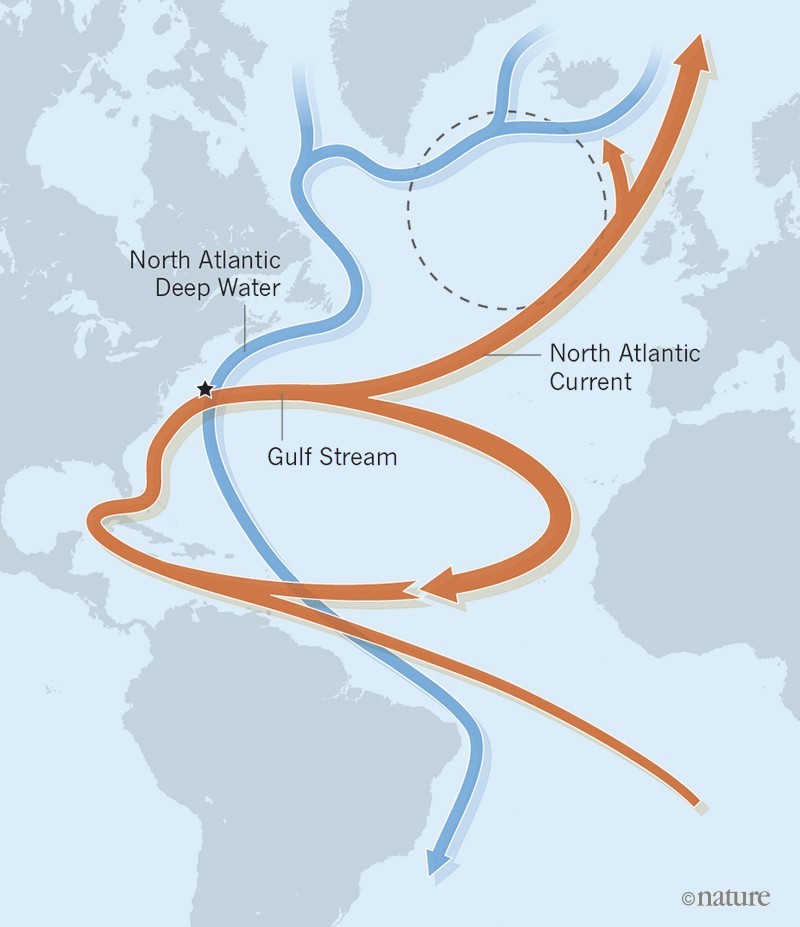
Figure 2: Atlantic Meridional Overturning Circulation
Orange arrows show the warm, salty surface currents. Blue arrows show the cold, low-salinity deep currents. Credit: Summer K. Praetorius, Nature 556 (April 11, 2018): 180.
Observed AMOC Changes
In 2018, two papers published in Nature presented evidence of a slowdown in the AMOC. The first paper by Levke Caesar and his colleagues compared comprehensive sea surface temperature measurements in the Atlantic made over the past century with high-resolution climate models.1 This comparison showed that the AMOC had weakened by 15% since 1950.
The second paper by David Thornalley and his team of eleven researchers used data from sediment cores drilled on the seafloor off the US East Coast, Nova Scotia, Newfoundland, Labrador, and Baffin Island.2 Thornalley’s team measured the sizes of sediment grains in these cores to determine how rapidly deep ocean currents were flowing throughout the past 1,600 years. Their measurements revealed that the AMOC “has been weaker during the past 150 years than at any time during the past 1,600 years.”3 They agree with the first research team that the degree of weakening was 15%.
Both research teams concluded that the AMOC weakening has been initiated and sustained by human-caused global warming, leading to significant melting of the Greenland Ice Sheet. Cool, fresh meltwater from ice sheets and glaciers on Greenland, Baffin Island, Iceland, and the Arctic Ocean, they say, blunted the AMOC.
Niklas Boers at the Potsdam Institute of Climate Impact Research noted that direct observations of AMOC strength have been available only for the past two decades.4 He analyzed these direct observations of sea surface temperatures and salinity data across the entire Atlantic Ocean basin. His analysis showed that during the last century “the AMOC may have evolved from relatively stable conditions to a point close to a critical transition.”5 He adds that his analysis gives “a first indication that the Atlantic Ocean circulation system may be losing stability.”6
Climate Change and Ice Age Onset Implications
The last time the AMOC experienced a major disruption was during the Younger Dryas cooling event (see figure 3). I described this event in detail in my book Weathering Climate Change.7 This event was initiated 12,800 years ago by a huge asteroid striking the Hiawatha Icefield in northwestern Greenland. The collision melted huge quantities of ice on Greenland and changed the drainage of Lake Agassiz, an enormous glacial lake (see figure 4), from its flow into the Gulf of Mexico to a flow into the Beaufort Sea and the Gulf of St. Lawrence.
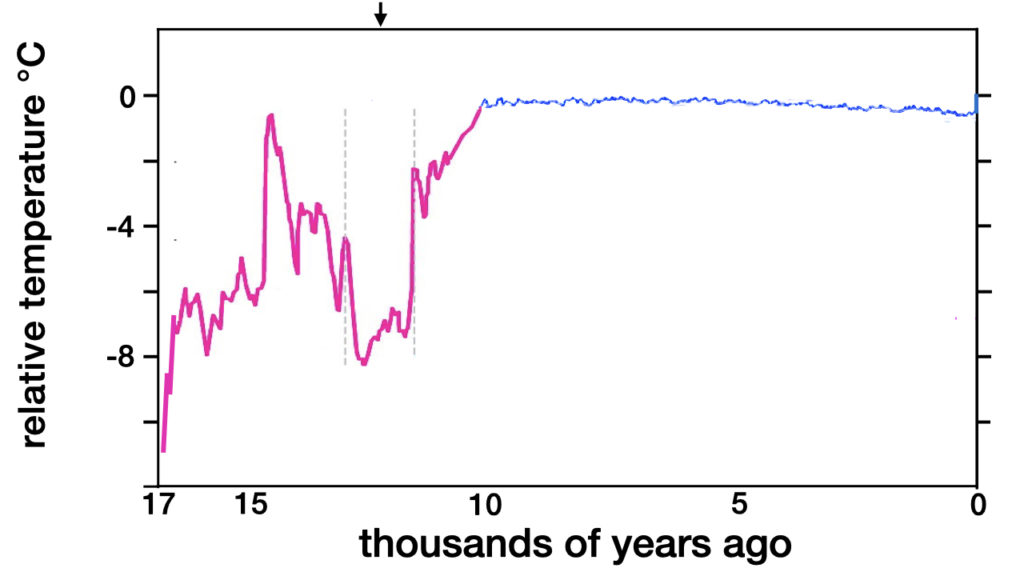
Figure 3: Younger Dryas Cooling Event
Diagram credit: Hugh Ross
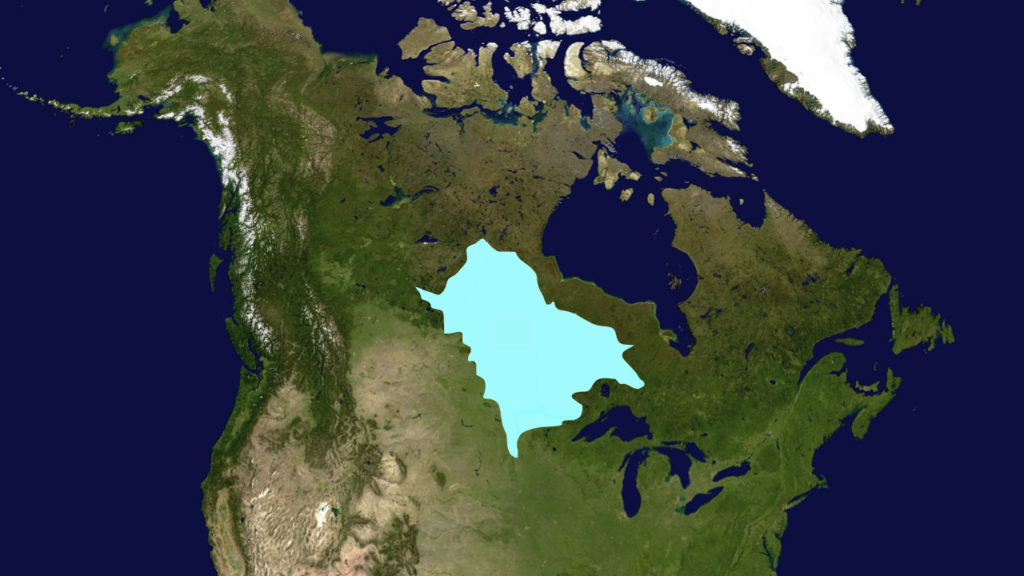
Figure 4: Lake Agassiz Immediately before the Younger Dryas
Background image credit: NASA
The combination of melted Greenland ice and glacial meltwater flowing into the North Atlantic Ocean brought the AMOC to a virtual halt. This halting of the AMOC caused Europe and North America to become much colder and resulted in a global cooling of more than 10°C (18°F) that lasted for 1,200 years. As I explained in my book, the Younger Dryas cooling event occurred at a time when both Earth’s axial tilt variation and Earth’s orbital eccentricity variation were warming our planet. The Younger Dryas cooling event prevented Earth’s surface temperature from rising to 2–3°C above its present value, which would have melted the polar ice cap, caused huge amounts of snow to fall on Canada and Siberia, and brought on the next ice age.
In chapter 18 of my book I explained why global warming, if left unchecked, always brings on global cooling. The papers published in 2018 and Boers’s recent work show that the risk of a relatively imminent ice age onset could be greater than previously thought. Further weakening of the AMOC would first make western Europe much warmer than it is8 and then make Canada, Europe, and the northern parts of the United States much colder than they are now. Such weakening will also disrupt the tropical monsoon system and the climates of the Amazon rainforest, the Antarctic, and the Southern Ocean.9 As I described in a previous article, What Will Happen if Arctic Sea Ice Loss Continues?, for the seven seas that comprise the Arctic Ocean, since 1750 the summer sea ice mass loss has ranged from 31% to 99%. Meanwhile, the winter sea ice mass loss has ranged from 1% to 45%. In particular, additional loss of winter sea ice mass will cause more snow to fall on Canada, Siberia, and northern Europe and lead to the buildup of ice sheets over those regions.
Unlike during the Younger Dryas cooling event, both Earth’s axial tilt variation and Earth’s orbital eccentricity variation presently work to cool Earth’s surface. This natural cooling implies that if human activity brings the weakening of the AMOC and the loss of winter Arctic sea ice mass to their respective tipping points, we can expect a rapid global temperature drop and a rapid onset of a severe ice age.
The latest generation of global climate models establishes that when induced cooling from Earth’s axial tilt variation and Earth’s orbital eccentricity variation reaches a threshold level, strong weakening of the AMOC occurs.10 This induced strong weakening of the AMOC explains why rapid, dramatic global cooling occurs after each interglacial in the past four cycles of the ice age cycle (see figure 5).
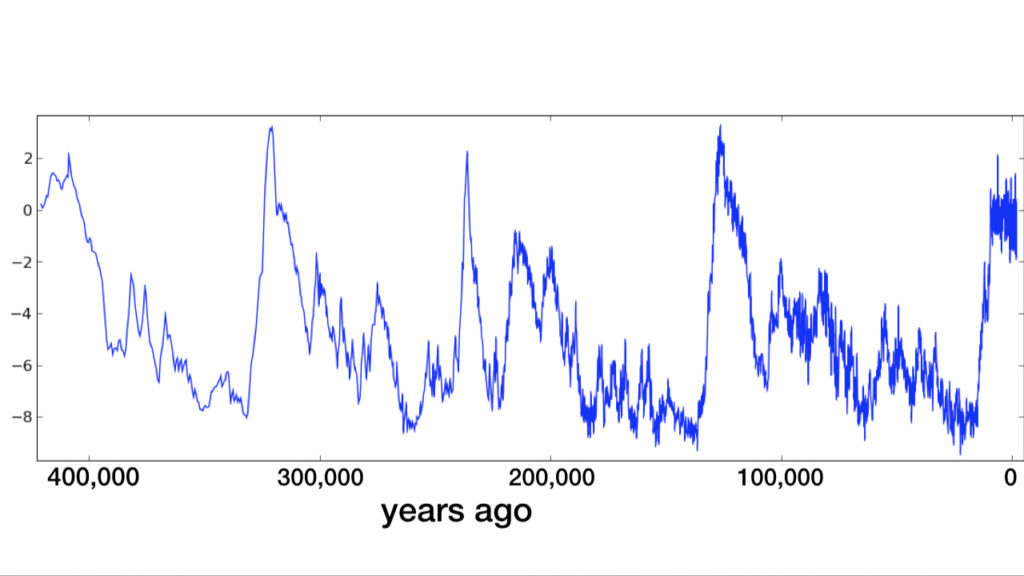
Figure 5: Relative Antarctic Temperature Record throughout the Past 400,000 Years in °C
Data credit: Robert A. Rohde, Global Warming Art Project, CC-by-SA; Diagram credit: Hugh Ross
Boers ends his paper with a call for more detailed and comprehensive monitoring of AMOC weakening. Such monitoring, as well as detailed and more comprehensive monitoring of winter Arctic sea ice mass, will help us determine how close we are to the respective tipping points and what actions will work best for us to avoid reaching the tipping points. These responses align with the Bible’s creation care mandate for humans to manage Earth and all its resources for our benefit and the benefit of all Earth’s life.
Check out more from Reasons to Believe @Reasons.org
Endnotes
- L. Caesar et al., “Observed Fingerprint of a Weakening Atlantic Ocean Overturning Circulation,” Nature 556 (April 12, 2018): 191–96, doi:10.1038/s41586-018-0006-5.
- D. J. R. Thornalley et al., “Anomalously Weak Labrador Sea Convection and Atlantic Overturning during the Past 150 Years,” Nature 556 (April 11, 2018): 227–30, doi:10.1038/s41586-018-0007-4.
- Thornalley et al., “Anomalously Weak Labrador Sea,” 227.
- Niklas Boers, “Observation-Based Early-Warning Signals for a Collapse of the Atlantic Meridional Overturning Circulation,” Nature Climate Change 11 (August 2021): 680–88, doi:10.1038/s41558-021-01097-4.
- Boers, “Observation-Based Early-Warning Signals,” 680.
- Boers, “Observation-Based Early-Warning Signals,” 684.
- Hugh Ross, Weathering Climate Change (Covina, CA: RTB Press, 2020), 151–59.
- Caesar et al., “Observed Fingerprint.”
- Boers, “Observation-Based Early-Warning Signals.”
- Q. Z. Yin et al., “Insolation Triggered Abrupt Weakening of Atlantic Circulation at the End of Interglacials,” Science 373, no. 6558 (August 27, 2021): 1035–40, doi:10.1126/science.abg1737.





